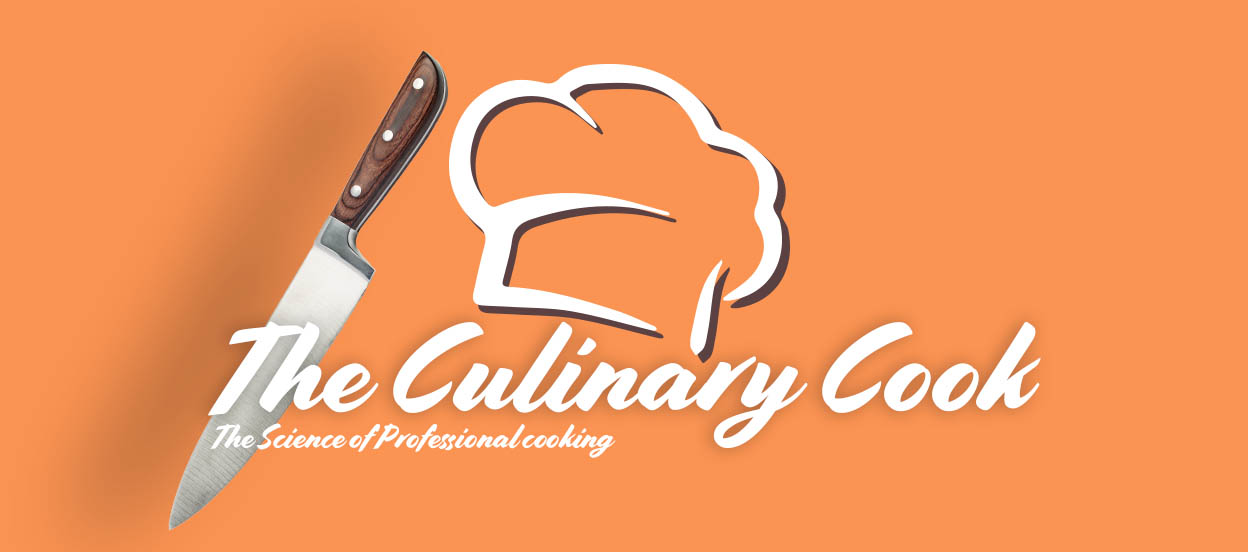The Various Types of Kitchen Knives, Page 2
The Carving/Utility Knife
This knife fills the void for when you want a knife that is not as tall as the chef’s knife, but not as flexible and short as the boning knife. The carving knife can be interchanged with the utility knife, as both are quite similar in their function. It’s good to have a quality carving knife as you will be using it to show your guests how fine your movements are and how precise your slicing of the turkey is. Because this knife is usually shown in front of your guests, in a professional or home setting we recommend a top quality blade (As always).
Chef Selected Top 3:
The Nakiri Knife
Japanese vegetable prep knife. Similar to the santoku in function, but the nakiri knife is designed for root vegetable and for high power, high speed chopping. Usually not a requirement for traditional cooking, but if you are interested or will be learning Japanese traditional cooking, then it is recommended you pick this up and familiarize yourself with it. Many old Japanese chefs still utilize few variations of knives, and most teachings will have you become master of the nakiri.

Chef Selected Top 3:
The Paring Knife

The paring knife is what my mom uses for everything she does in the kitchen. Despite repeated attempts to get her using a more versatile and superior chef’s knife she always goes back to the paring knife. I, too, use the paring knife, but I do not use it as my primary tool and neither should you! If you do, it’s a good time to break that habit and it’s a bad one to form or perpetuate.
The paring knife is used for extreme precision and careful carving. Peeling and coring vegetables are one of the main uses. They are cheap enough to always have on hand.

Chef Selected Top 3:
The Honesuki Knife
The honesuki knife is the Japanese equivalent of the boning knife, but mostly used in the preparation of chicken. The strong angles that this knife produces is meant to keep the familiarity of the broad bladed knives with you as you move toward the versatile honesuki knife. If you are going to be training in Japanese cuisine, then pick one up to avoid missing out on the proper technique from the masters. If not, a boning knife will work as a suitable replacement.
Chef Selected Top 3:
The Honing Steel
In order to properly maintain your high quality knives, you must have a proper honing steel. Popular misconception about the honing steel is that is sharpens your knife when this is not entirely true. Over extended use of your knive, the edges become bent and non-uniform. While the edge is still there, it is not properly aligned. The honing steel corrects this by setting them back in their proper place. Therefore, it is very important you pick up a top quality steel and learn how to use it with your knives before every use.
Chef Selected Top 3:
It’s All In The Wrist
Many of the knives listed here are luxury items and not everyone can afford to stock their kitchen with 15 different knives. You need to know where your time will be spent most so you can maximize your time with the proper purchase. Here’s a good starter kit for you to aim at getting:
- Chef’s Knife
- Boning Knife
- Paring Knife
- Honing Steel
From there, you can add what you think is best.
Thank you for reading, I hope you found it informative. Be sure to comment if you have any questions and check out more of our site.









